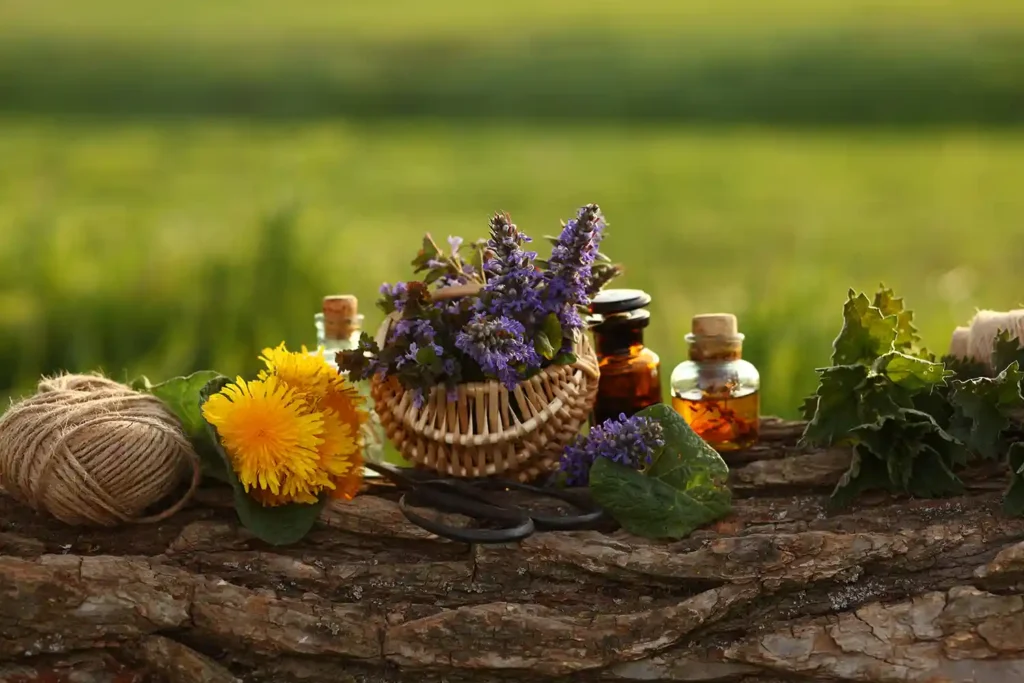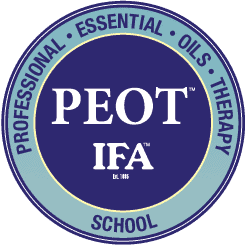Aromatherapy, an ancient practice transcending time and cultures, continues to captivate and intrigue us with its captivating scents and therapeutic properties. As we dive into the rich history of aromatherapy, from ancient Egypt to modern scientific inquiry, we will uncover the timeless allure of aromatics and explore the promising future of this enchanting art. So, let us embark on an olfactory journey through the ages, embracing aromatherapy’s past, present, and future.
Key Takeaways
Aromatherapy, in some form, has been practised for centuries, with contributions from ancient Egypt, Greece, Rome, India and China.
Hippocrates in Classical Greece was notable for helping to spread knowledge about the beneficial effects of aromatic plants and herbs on health and wellness.
Modern rediscovery combines ancient wisdom with cutting-edge research to shape aromatherapy’s future as a holistic healing practice.
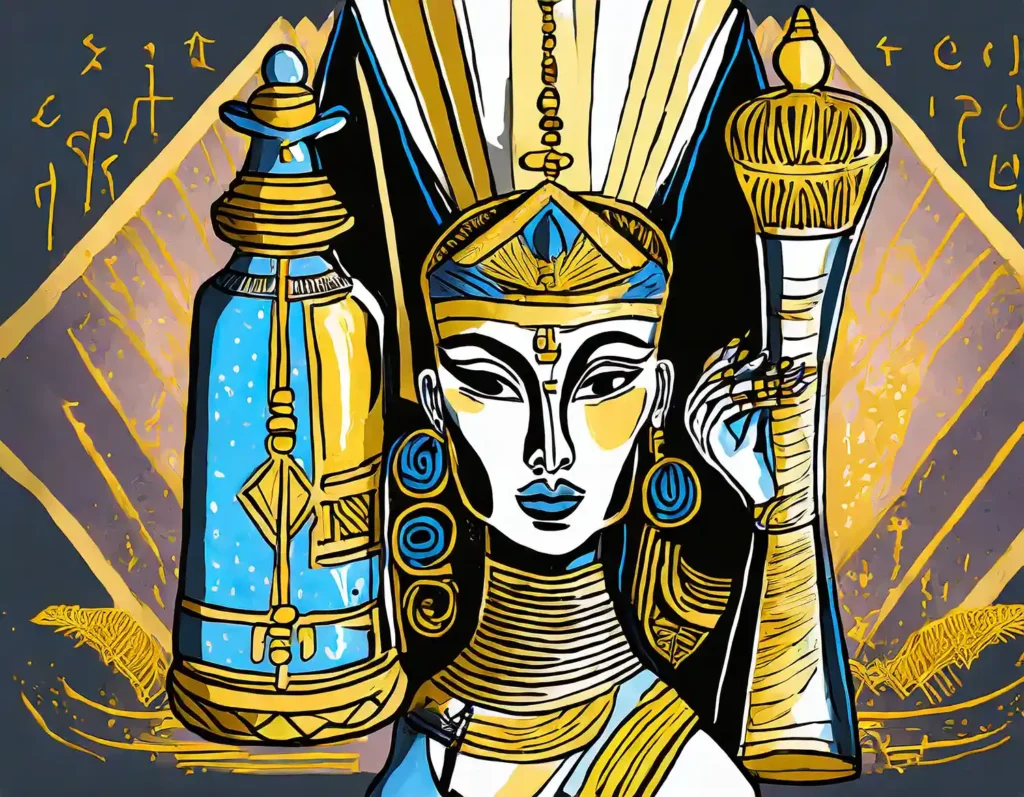
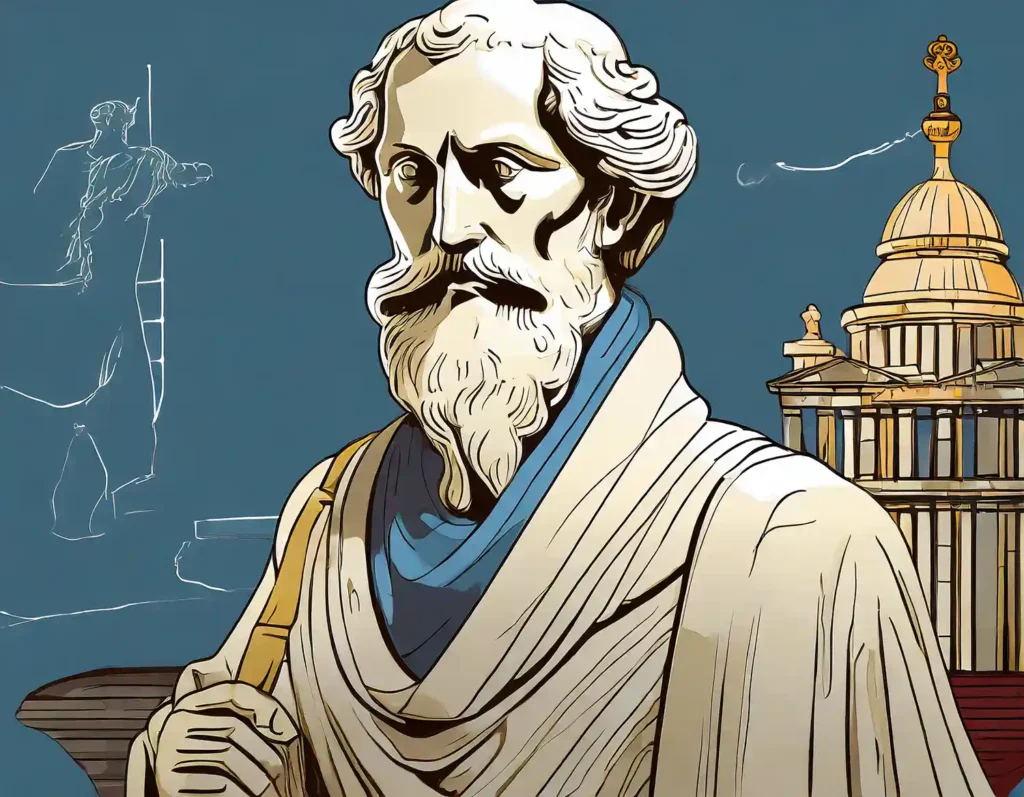
Ancient Roots of Aromatherapy
The use of aromatic plants for therapeutic purposes dates back thousands of years, with ancient civilisations such as Egypt, Greece, Rome, India and China.
Harnessing the power of fragrant botanicals for rituals, herbal medicine, alternative medicine, and cosmetics, many plants are known for their medicinal properties, which can be attributed to their plant extracts.
Uncovering our ancestors’ timeless wisdom and understanding of aromatic plants paves the way to a deeper understanding of aromatherapy’s ancient roots.
Ancient Egypt and the Use of Fragrance Rituals, Medicine, and Cosmetics
Ancient Egypt played a significant role in developing aromatherapy, employing aromatic plants for religious ceremonies, medicine, and cosmetics. Renowned for their perfumery industry, the Egyptians used fragrant oils and gums such as cedarwood, frankincense and myrrh in embalming. They also used them for medicinal purposes in prescribed remedies for various ailments, from digestive disorders to hair loss.
Particular fragrances were devoted to each deity, and pharaohs had their own exclusive mixes for meditation, love, warfare and more. The gardens of the pharaohs even cultivated a variety of medicinal herbs and plants collected from different regions of the world.
Today’s aromatherapy practices are rooted in this rich heritage.
The Preciousness of Essential Oils
Essential oils of aromatic plants were mostly obtained through a process of maceration or infusion into vegetable oil or animal fat. These fragrant oils were highly esteemed and traded widely throughout ancient civilisations, owing to their therapeutic and aromatic properties. As merchants and traders exchanged goods and knowledge, the understanding of aromatherapy spread to different parts of the world.
Their captivating scents and healing properties that fascinated ancient civilisations continue to allure, reflecting the enduring appreciation for essential oils, including lavender, rose, frankincense, and myrrh essential oil.
Classical Greece and the Influence of Hippocrates Therapeutic Benefits in Ancient Texts
Hippocrates, often regarded as the father of medicine, significantly contributed to understanding aromatherapy through his documentation of the therapeutic advantages of plant essential oils in ancient Greek texts. He reportedly declared, “The way to health is to have an aromatic bath and scented massage every day,” showcasing the importance of aromatics in promoting health and well-being during his time.
The timeless appeal of aromatherapy and its therapeutic benefits are evidenced by this ancient wisdom from one of history’s greatest medical minds.
Trade and the Spread of Aromatherapy Knowledge
The knowledge of aromatherapy was disseminated across ancient civilisations through trade. As merchants and traders exchanged goods and knowledge, the understanding of aromatherapy spread across cultures, including those in Europe, India, China and The Middle East.
The global influence of aromatherapy, transcending geographical and cultural boundaries, has its roots in this widespread exchange of knowledge and appreciation for aromatic plants.
Rome, India, and China: Aromatic Traditions Roman Bathing and Perfumery
Ancient Rome, India, and China each had their own aromatic traditions, with a focus on the therapeutic properties of aromatic plants. In Rome, essential oils, also known as aromatic oils, were utilised in bathing and perfumery, while in India, Ayurveda incorporated essential oils into traditional medicine.
Using essential oils for their therapeutic benefits in Traditional Chinese Medicine further exemplifies aromatherapy’s global influence throughout history.
Ayurveda and the Indian Fragrance Heritage
Ayurveda, the ancient Indian science of medicine, acknowledges the integral importance of fragrances and fragrant substances. Fragrances have been utilised in Ayurvedic practices for their therapeutic properties and potential to promote physical and spiritual well-being.
The enduring allure of aromatics and their therapeutic properties is reflected in Ayurveda’s rich fragrance heritage, India’s oldest form of medical practice.
Traditional Chinese Medicine and Aromatics
Traditional Chinese Medicine (TCM) also recognised the importance of aromatic plants and herbs in healing and rituals, often utilising them in aromatic medicine. Aromatic plants such as ginger, cinnamon, sandalwood and camphor were used for their therapeutic properties, showcasing the global influence of aromatherapy practices throughout ancient civilisations.
Aromatherapy’s future continues to be shaped by the enduring appeal of aromatic plants and their therapeutic benefits.
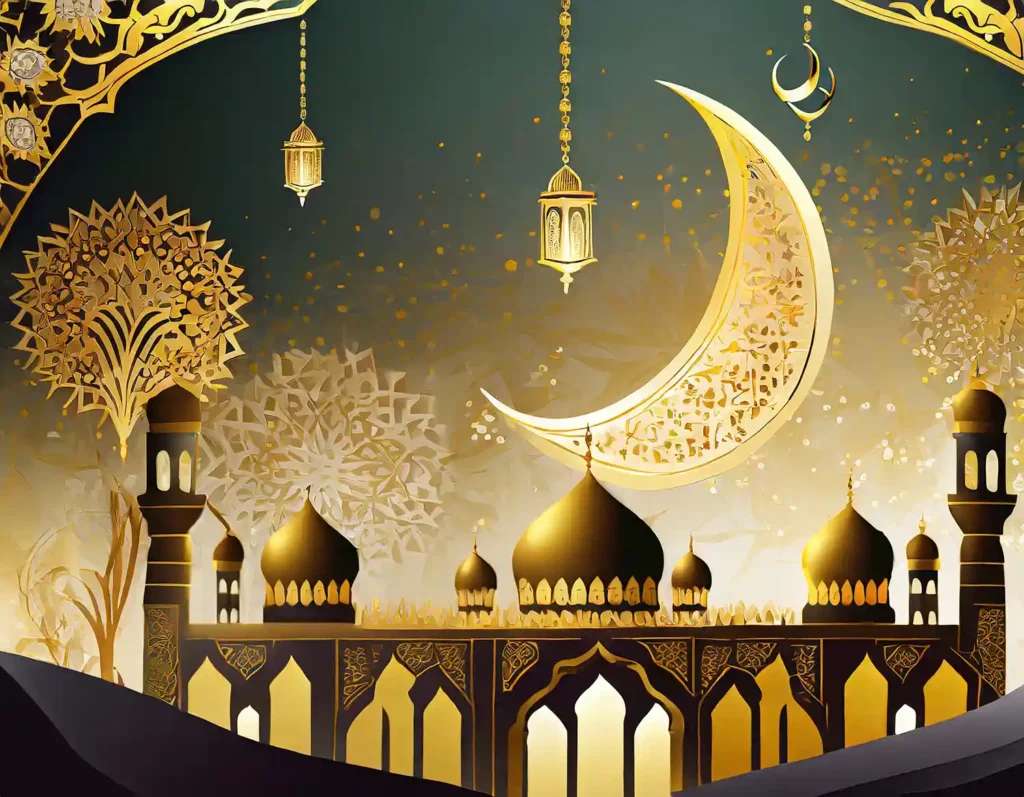
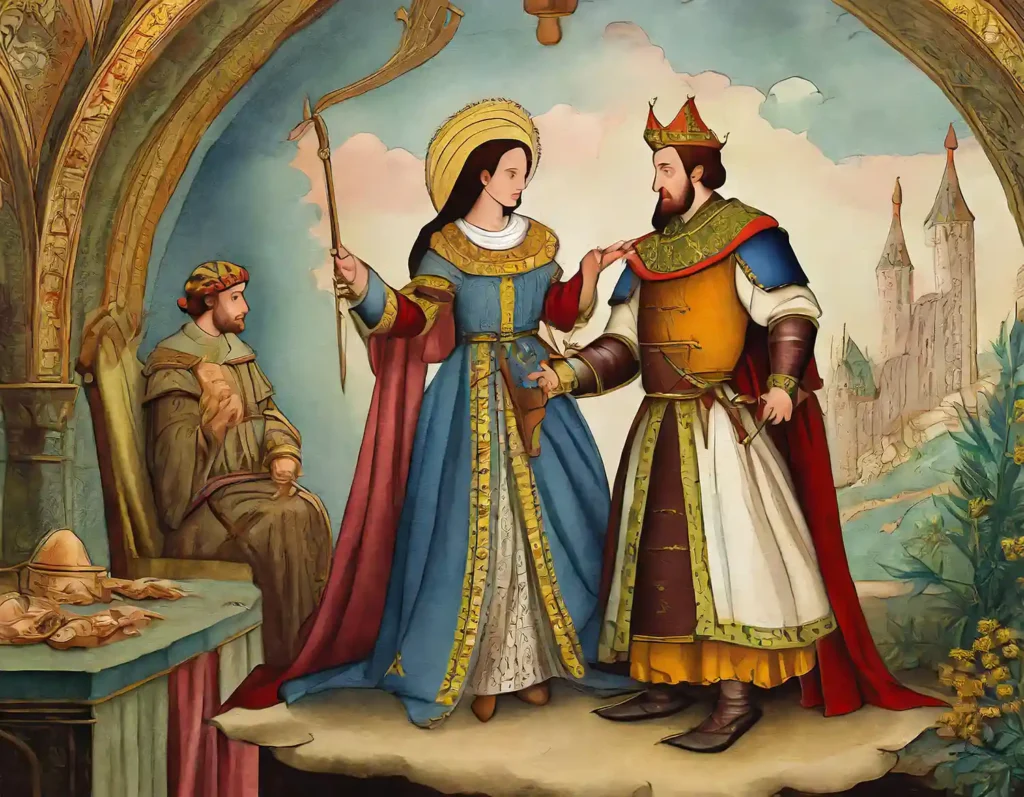
The Medieval and Renaissance Era
Contributions from Islamic scholars and European monasteries during the Medieval and Renaissance eras fostered the preservation and advancement of aromatherapy knowledge. As the world continued to evolve, the fascination with aromatic plants and their therapeutic properties persisted, illustrating the timeless allure of aromatherapy and its relevance across generations.
The Islamic Golden Age and Advancements in Distillation Renowned Scholars and their Contributions
During the Islamic Golden Age, Islamic scholars made significant contributions to the development of aromatherapy, notably advancing distillation techniques for collecting essential oils from plants and writing extensively about their therapeutic benefits. The Persian scholar Ibn Sina (Avicenna) played a significant role in shaping the discipline of aromatherapy, demonstrating the global influence and knowledge exchange during this period.
The Islamic Golden Age was a period of great intellectual and scientific advancement, and the contributions of Islamic scholars during this time significantly shaped the field of aromatherapy, leading to advancements in distillation techniques and a deeper understanding of the therapeutic benefits of essential oils.
Perfumes, Medicines, and Olfactory Delights
Perfumes, medicines, and olfactory delights were popular during the Medieval and Renaissance era, with a particular emphasis on aromatics’ therapeutic properties. People employed pleasurably scented herbs to deter vermin and safeguard their garments, while animal scents such as musk and ambergris were favoured for their olfactory strength and aphrodisiac properties.
This love for aromatic plants and their enticing fragrances reflects the timeless charm of aromatherapy and its ability to captivate people across generations.
European Monasteries and Herbal Traditions: The Role of Monks in Preserving Knowledge
European monasteries were important in preserving herbal traditions and knowledge during the Medieval and Renaissance era. Monks studied and cultivated medicinal plants in abbey gardens, ensuring the continued conservation and transmission of knowledge on herbal and medical practices through generations.
The progression of aromatherapy was significantly helped with their efforts to explore and safeguard this ancient wisdom, further underscoring the timeless appeal of aromatic plants and their therapeutic properties.
Medieval Texts and Treatises on Aromatics
Medieval texts and treatises, such as ‘On Simple Aromatic Substances’ by Masawaiyh and ‘Kitāb al-Ṭīb (The Book of Aromatics)’ by al-Khāzin, documented the use and properties of aromatic plants, furthering the understanding of aromatherapy. These texts offer invaluable insights into the utilisation and comprehension of aromatics during the Medieval period, demonstrating the enduring fascination with aromatic plants and their therapeutic benefits.
The knowledge of aromatherapy’s use and properties, which has been in practice for centuries, has been passed down through generations, shaping how we understand and utilise aromatic plants and essential oils today.
Modern Rediscovery and Scientific Inquiry
The modern rediscovery and scientific inquiry of aromatherapy have led to the birth of modern aromatherapy, emphasising the confluence of science and tradition.
Exploring contemporary aromatherapy applications reveals how the amalgamation of ancient wisdom and scientific research has shaped the field and paved the way for future advancements in this captivating art.
The 20th Century and the Birth of Modern Aromatherapy Key Figures and Their Contributions
Key figures in the 20th century, such as René-Maurice Gattefossé, Dr Jean Valnet, Marguerite Maury, Robert B. Tisserand, Dr Daniel Penoel, and Pierre Franchome, contributed to the development of modern aromatherapy by focusing on emerging scientific research and holistic wellness. Gattefossé, who coined the term “aromatherapy,” wrote the book ‘Aromathérapie: Les Huiles essentielles hormones végétales’.
Tisserand introduced knowledge and education of aromatherapy to English-speaking nations with his book ‘The Art of Aromatherapy’. Blending ancient wisdom with scientific inquiry, their contributions laid the groundwork for the modern practice of aromatherapy.
The Intersection of Science and Tradition
Contemporary uses of aromatherapy include:
Clinical studies;
Integration of traditional practices with modern science;
Utilisation of essential oils, which have been employed in various forms for millennia in traditional customs;
Scientific research examining their therapeutic properties and impacts on the body and mind.
This union of science and tradition facilitates the advancement and understanding of aromatherapy as a comprehensive healing practice.
Contemporary Uses and Clinical Studies The Surge of Holistic Wellness
Essential oils are now used in clinical settings, with a surge in interest in holistic wellness practices. Aromatherapy is employed for:
Pain alleviation;
Enhancement of mood;
Encouragement of relaxation;
Reduction of anxiety and stress.
The growing popularity of aromatherapy in contemporary lives is fuelled by increased awareness of natural remedies’ advantages and the inclination towards a comprehensive approach to health and wellness.
Essential Oils in Clinical Settings
Essential oils have found a significant place in clinical settings due to their therapeutic properties. These oils have been integrated into various treatments for their potential to help those coping with pain, enhance mood, induce relaxation, and reduce anxiety and stress. The application of essential oils in clinical settings is a testament to the modern acceptance of aromatherapy as a viable complement to traditional medical practices, marking a significant step towards holistic wellness.
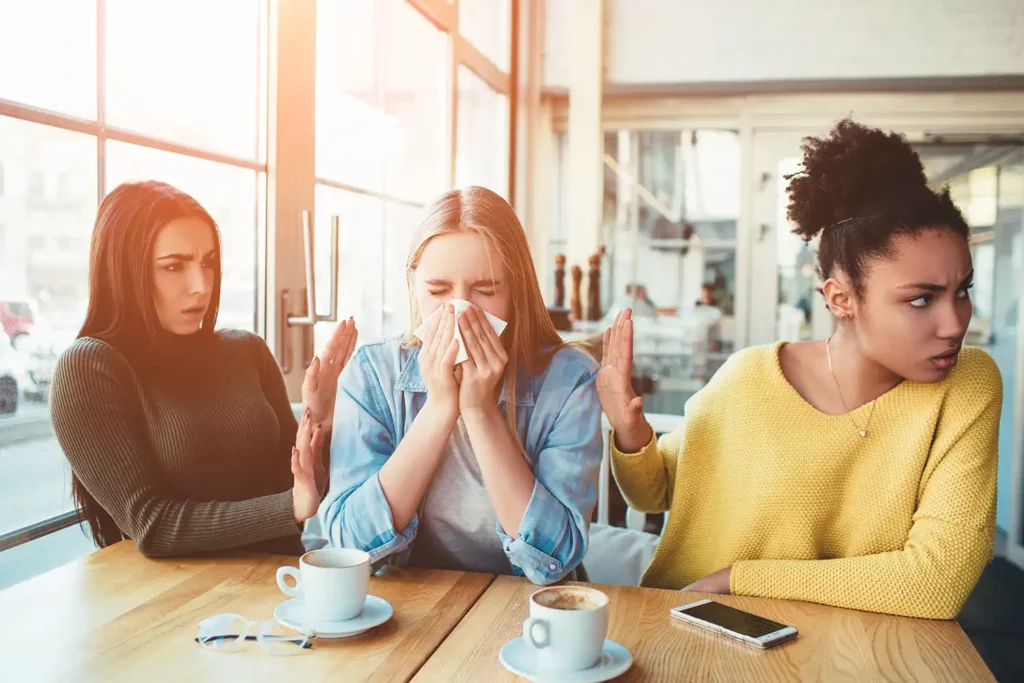
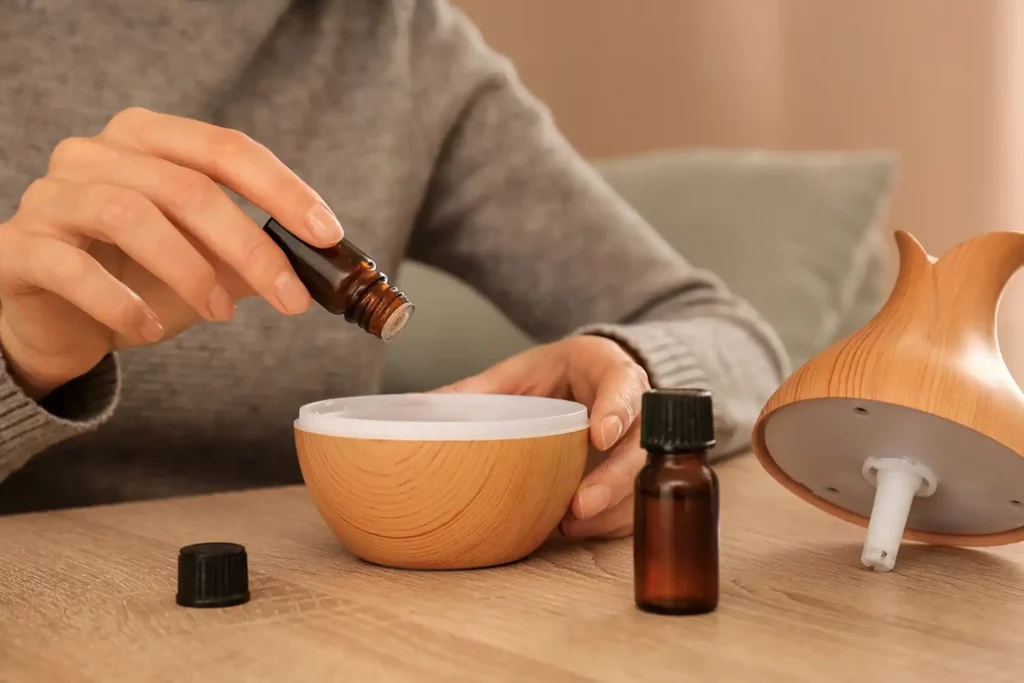
The Future of Aromatherapy
The future of aromatherapy is bright, with innovative technologies in extraction and application, sustainable farming practices, and advanced diffusion methods paving the way for scent to be accepted as a legitimate form of modern medicine.
The promising developments in aromatherapy and the potential for further advancements in this captivating field await exploration.
Innovative Technologies in Extraction and Application Sustainable Farming and Production
The development of innovative technologies for collecting and applying essential oils is paving the way for sustainable farming and production practices in the aromatherapy industry. Using cutting-edge techniques such as CO2 extraction contributes to increased efficiency, enhanced safety, and minimised environmental impact of essential oil production.
These advancements shape the future of aromatherapy, ensuring its sustainability and continued growth.
Advanced Diffusion and Inhalation Methods
Advanced diffusion and inhalation methods are being explored to enhance the benefits of aromatherapy. Techniques such as nebulisers, ultrasonic diffusers, and inhalers offer innovative approaches to delivering the therapeutic properties of essential oils, providing more personalised and effective treatments for various problems.
A more tailored and enjoyable experience is enabled by advancements in diffusion and inhalation technology, transforming how aromatherapy is practised.
The Rise of Personalised Aromatherapy and Individual Responses
Personalised aromatherapy is on the rise, with an individual’s needs being considered for tailored holistic treatments. By recognising an individual’s unique presentation and determining which essential oils and aromatherapy products are best suited for them, personalised aromatherapy offers enhanced health and well-being, augmented relaxation, and a heightened sense of balance and harmony.
This growing trend marks a refreshed era in aromatherapy, where treatments are better tailored to meet each individual’s specific needs and preferences.
The Fusion of Technology and Traditional Practices
The fusion of technology and traditional practices is shaping aromatherapy’s future with innovative treatment and application approaches. By combining contemporary technology with traditional practices, novel treatments and methods can be devised, allowing for more personalised and efficient aromatherapy experiences.
The future of aromatherapy and its continued evolution as a comprehensive healing practice holds great promise due to this integration of technology and tradition.
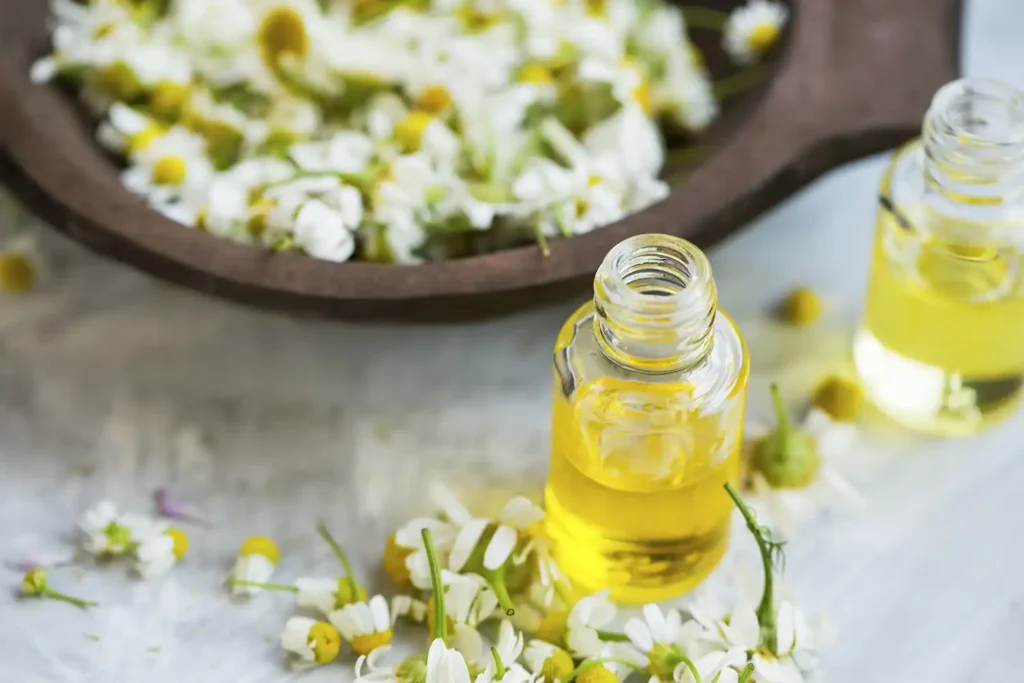
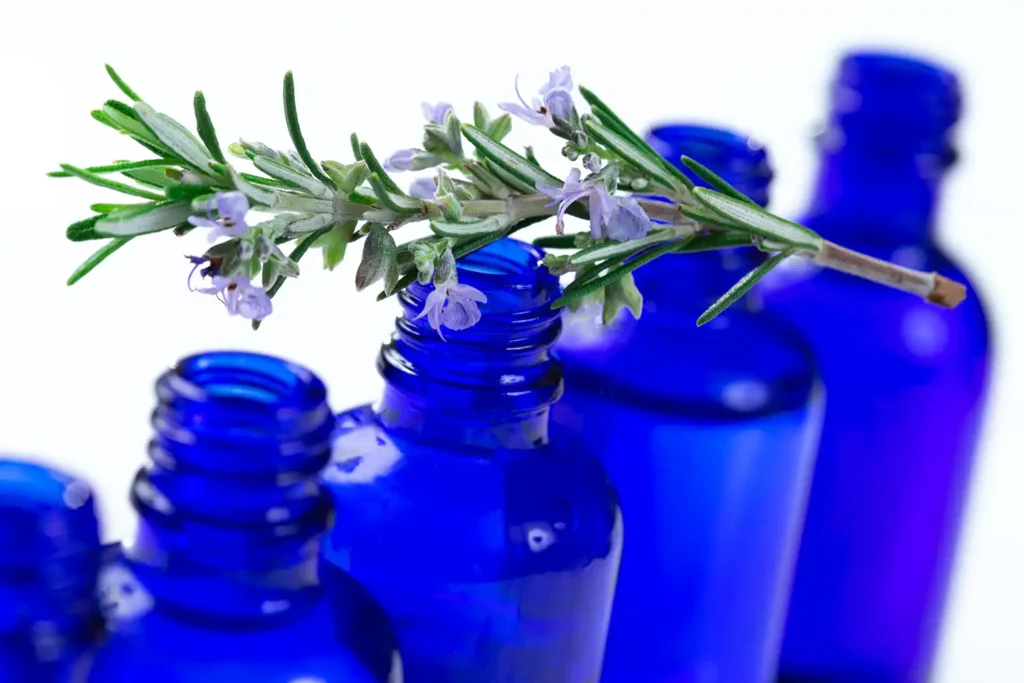
Conclusion: The Timeless Allure of Aromatics
The use of essential oils, such as lavender, frankincense, and geranium oils, as well as other aromatic compounds for healing and well-being has been documented in various ancient civilisations, including Egypt, Greece, Rome, India, and China, showcasing the global influence and timeless appeal of aromatherapy.
Aromatherapy continues to be a timeless allure, with a rich history and a promising future. From the ancient roots of aromatherapy in Egypt, Greece, Rome, India and China to the modern rediscovery and scientific inquiry that has led to the birth of modern aromatherapy, the fascinating world of scents and their therapeutic properties has captivated humans for millennia.
Embracing the Past, Present, and Future
Embracing the past, present, and future of aromatherapy enables a deeper understanding and appreciation of its benefits, fostering the continuation of this captivating art’s journey.
The timeless allure of aromatic plants, their therapeutic properties, and their ability to evoke emotions and generate sensory experiences transcend time and culture, connecting us to our ancestors and paving the way for future advancements in aromatherapy.
The Continuing Journey of Aromatherapy in Modern Lives
The enduring appeal of aromatherapy and the potential for further advancements in the field are showcased in its continuing journey in modern lives. As we look to the future, we can expect innovative technologies in extraction and application, sustainable farming practices, and advanced diffusion methods to shape the future of aromatherapy.
With a rich history and a promising future, the timeless allure of aromatics is a testament to the power of scent and its ability to support healing, soothe, and captivate.
Summary
In conclusion, the rich history of aromatherapy and its timeless allure demonstrates its enduring appeal and significance in our lives. From its ancient roots to modern rediscovery and scientific inquiry, aromatherapy continues to captivate and inspire us with its therapeutic properties and sensory experiences. As we embrace the past, present, and future of this captivating art, we look forward to the exciting advancements and innovations that await us in the world of aromatherapy.
Frequently Asked Questions
Where did aromatherapy originate from?
Aromatherapy is thought to have originated in Ancient Egypt and was practised by the Greeks, Chinese and Indians.
When was aromatherapy first invented?
Aromatherapy was first invented by French chemist Rene-Maurice Gattefosse in 1928 when he coined the term for its use of essential oils. However, its roots date back to around 3500 BC when aromatics were used in religious ceremonies, perfume, and medicine.
What is the history of aroma oil?
Aromatic oils have been a part of human history for over 3,500 years, appearing in all major civilisations and used for religious rituals, food flavouring, medicines, perfumery and odour masking.
What is the theory behind aromatherapy?
The theory behind aromatherapy is that each essential oil has health benefits, such as anti-inflammatory and infection-fighting properties, which may help with physical pain and illness.
How did trade routes impact the spread of aromatherapy knowledge?
Trade routes enabled the sharing of aromatherapy knowledge and practices between different cultures, resulting in a broader global understanding of aromatic plants.


